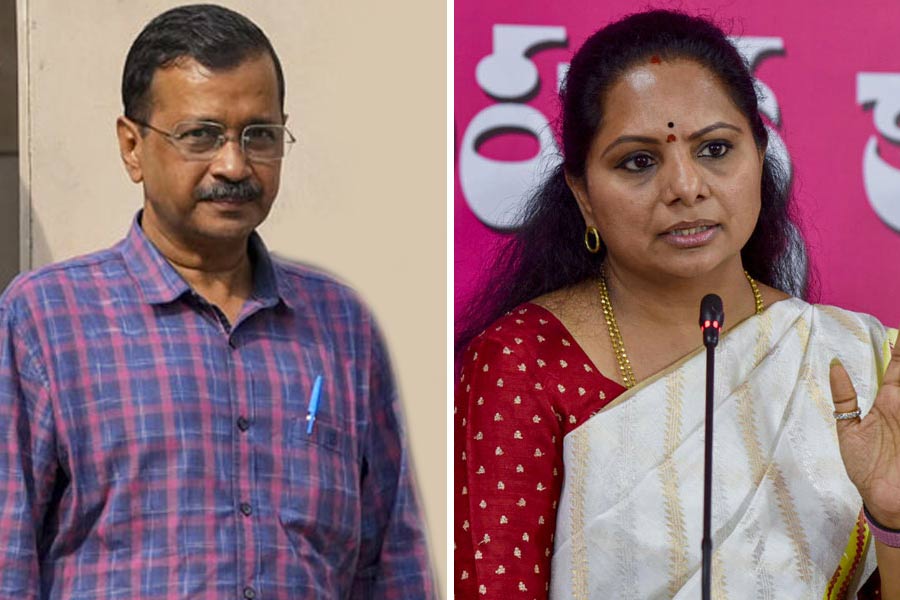Seven in 10 resident doctors at government medical colleges in three Uttar Pradesh towns have experienced violence from patients or their relatives or friends, most of whom faced no legal consequences, a three-month snapshot survey has found.
In 84 per cent of the incidents whose legal fallout the surveyed doctors claimed to know, they said the attackers were not reported to the police at all. In none of these incidents was the aggressors prosecuted.
The survey, which sampled 305 resident doctors at medical colleges in Agra, Aligarh and Jhansi, found that 264 (86.6 per cent) had witnessed and 212 (69.5 per cent) experienced workplace violence.
The community medicine specialists who completed the survey 18 months before this month’s assault on doctors at NRS Medical College and Hospital, Calcutta, say their findings provide insights into some of the reasons that underlie the violence against doctors.
About 70 per cent of the resident doctors surveyed had experienced verbal abuse and 47 per cent faced physical assaults. In some incidents, the perpetrators used sticks, knives and pieces of furniture to attack the doctors. About 68 per cent of the incidents occurred in the emergency department.
The survey found that in 35 per cent of the violent incidents, the attackers faced no action; in 17 per cent they were let off with verbal warnings; and in 10 per cent, they were reported to the police. The doctors did not know what had happened to the attackers in the remaining 38 per cent of the incidents.
In about three per cent of the cases, the doctors discontinued care.
Over 80 per cent of the resident doctors were dissatisfied with the way the authorities had handled the violent incidents. The findings were published earlier this week in the Indian Journal of Public Health.
“We’ve tried to measure the scale of workplace violence against doctors and understand some of the underlying reasons,” said Geetu Singh, assistant professor of community medicine at the Sarojini Naidu Medical College, Agra, who led the survey.
The resident doctors attributed the violence to factors such as the non-availability of medicines (38 per cent of the incidents), staff shortages (36 per cent), and ineffective communication between the doctors and the patients or their friends and relatives (20 per cent).
Earlier studies in India had indicated that 40 to 70 per cent of doctors experienced violence. The World Health Organisation estimates that the proportion of healthcare workers who face physical violence at some point in their careers ranges from 8 per cent to 38 per cent worldwide.
The Indian Medical Association, the country’s largest body of doctors, had last week used the Calcutta incident to revive its demand for legislation to protect doctors and health workers from the wrath of patients and their friends or relatives.










